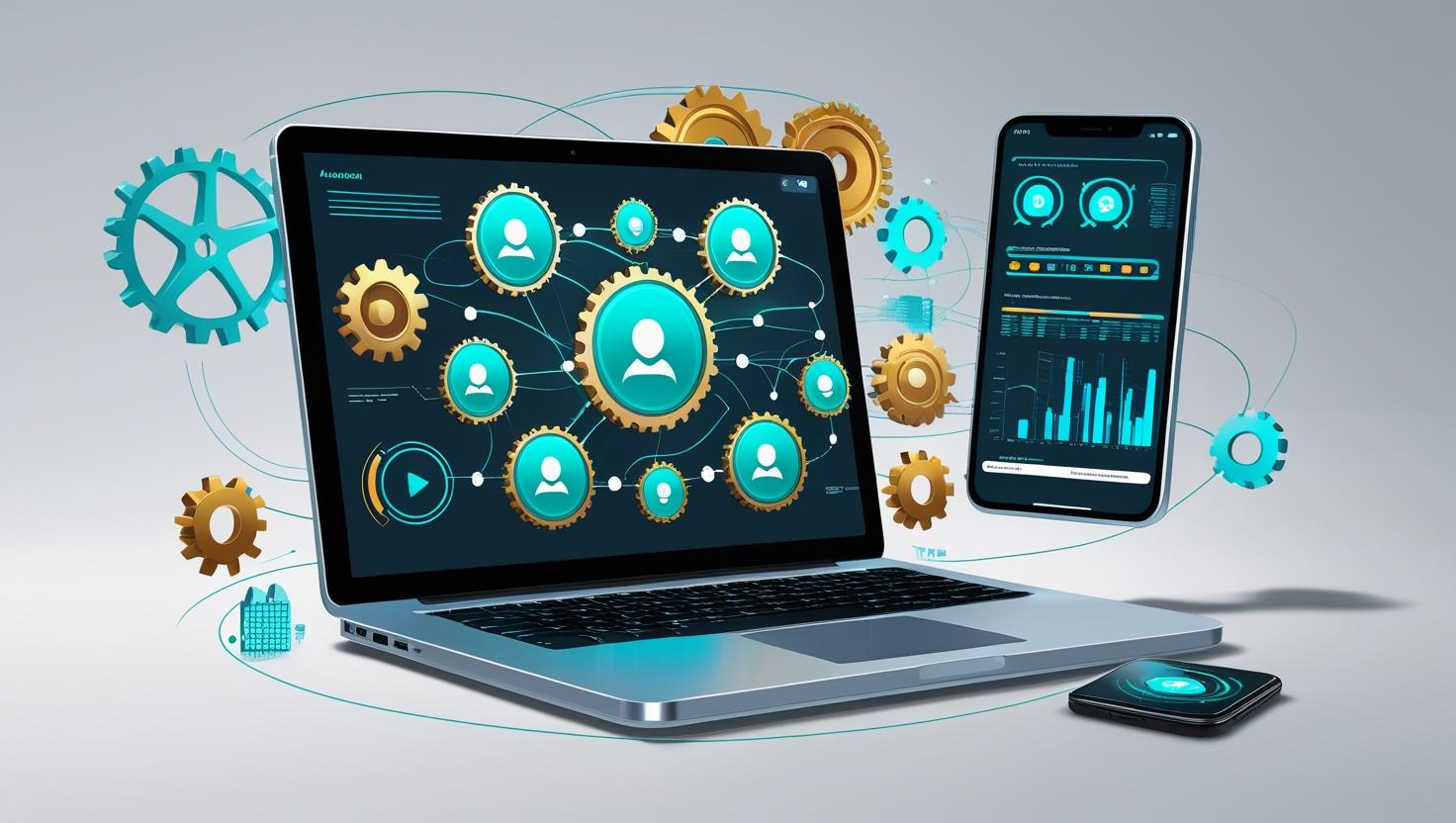This article explores the best remote software currently available, explains what remote software is, and why choosing the right one can transform your work experience.
What Is Remote Software?
Remote software allows users to access, control, and collaborate on devices and data from a distant location. It creates a bridge between the user and a remote system — whether it’s a desktop, server, or cloud environment.
This software is widely used for remote work, technical support, file management, collaboration, and even cybersecurity operations. It eliminates the need to be physically present in the workplace, enabling employees to stay connected no matter where they are.
Why Remote Software Matters
Choosing the right remote tool isn’t just a matter of convenience. It impacts your entire workflow. Here’s why it matters:
- Productivity: Remote software boosts team efficiency by providing instant access to work environments.
- Security: Most modern platforms include strong encryption and compliance features.
- Collaboration: Teams can work together in real-time, regardless of location.
- Cost Saving: Reduces the need for expensive on-site infrastructure.
Key Features of the Best Remote Software
When looking for the best remote software, certain features make a big difference. Below are the essential capabilities to consider:
- Cross-platform compatibility: Works across Windows, Mac, Linux, iOS, and Android.
- Secure connections: End-to-end encryption, two-factor authentication, and session logs.
- Performance optimization: Low-latency, high-speed connections even with low bandwidth.
- Multi-user support: Enables multiple team members to connect and collaborate simultaneously.
- File transfer: Easy drag-and-drop file sharing between devices.
- Session recording: Logs of activity for compliance and training.
How to Choose the Best Remote Software
Picking the ideal tool depends on your specific needs. Ask yourself:
- Are you managing a team or working solo?
- Do you require support for remote IT tasks?
- Is high-security access a priority?
- Will you need access to multiple machines or just one?
For example, a graphic designer might need low-latency access to powerful desktops, while a tech support agent may prioritize screen sharing and quick control tools. The best solution adapts to your workflow.
Types of Remote Software
There are several categories of remote access tools, each with a distinct focus:
- Remote desktop access: Tools like AnyDesk or TeamViewer offer full desktop control over the internet.
- Remote IT support: Allows IT departments to troubleshoot systems without being onsite.
- Cloud collaboration platforms: Solutions like Google Workspace or Microsoft 365 let users work on shared documents remotely.
- Virtual private networks (VPNs): Secure tunnels to connect to private networks remotely.
- Remote monitoring and management (RMM): Used by managed service providers to monitor client infrastructure.
Popular Remote Software Tools
Several platforms are considered leaders in the space. While we won’t rank them numerically, here are a few trusted names:
TeamViewer – Known for simplicity and fast setup. Ideal for support and one-time access.
AnyDesk – Lightweight and efficient, offering crystal-clear display and solid file transfer capabilities.
Chrome Remote Desktop – A free and simple solution tied to your Google account.
Microsoft Remote Desktop – Seamlessly connects with Windows environments, especially in enterprise setups.
Zoho Assist – Built for support teams, with extensive features tailored to IT needs.
These tools support different use cases, so test a few to find what aligns with your routine.
Security in Remote Software
With increasing cyber risks, remote access security is non-negotiable. Leading platforms implement:
- Multi-layer encryption (AES 256-bit)
- Two-factor authentication (2FA)
- Session timeout controls
- Device whitelisting
- Compliance with standards (GDPR, HIPAA, etc.)
Always verify what security features are available, especially when accessing sensitive corporate data.
The Future of Remote Software
With the evolution of hybrid work, remote software will only grow in importance. Innovations include:
- AI-enhanced support tools
- AR/VR-powered remote assistance
- Cloud-native virtual desktops (DaaS)
- Deeper integrations with project management tools
The future emphasizes not just access, but performance, integration, and user experience.
The best remote software is the one that fits seamlessly into your workflow. Whether you’re offering tech support, collaborating with a team, or simply accessing your personal files from afar, there’s a solution built for you.
Prioritize security, ease of use, and flexibility. And don’t hesitate to test a few tools before settling on the one that fits just right.





